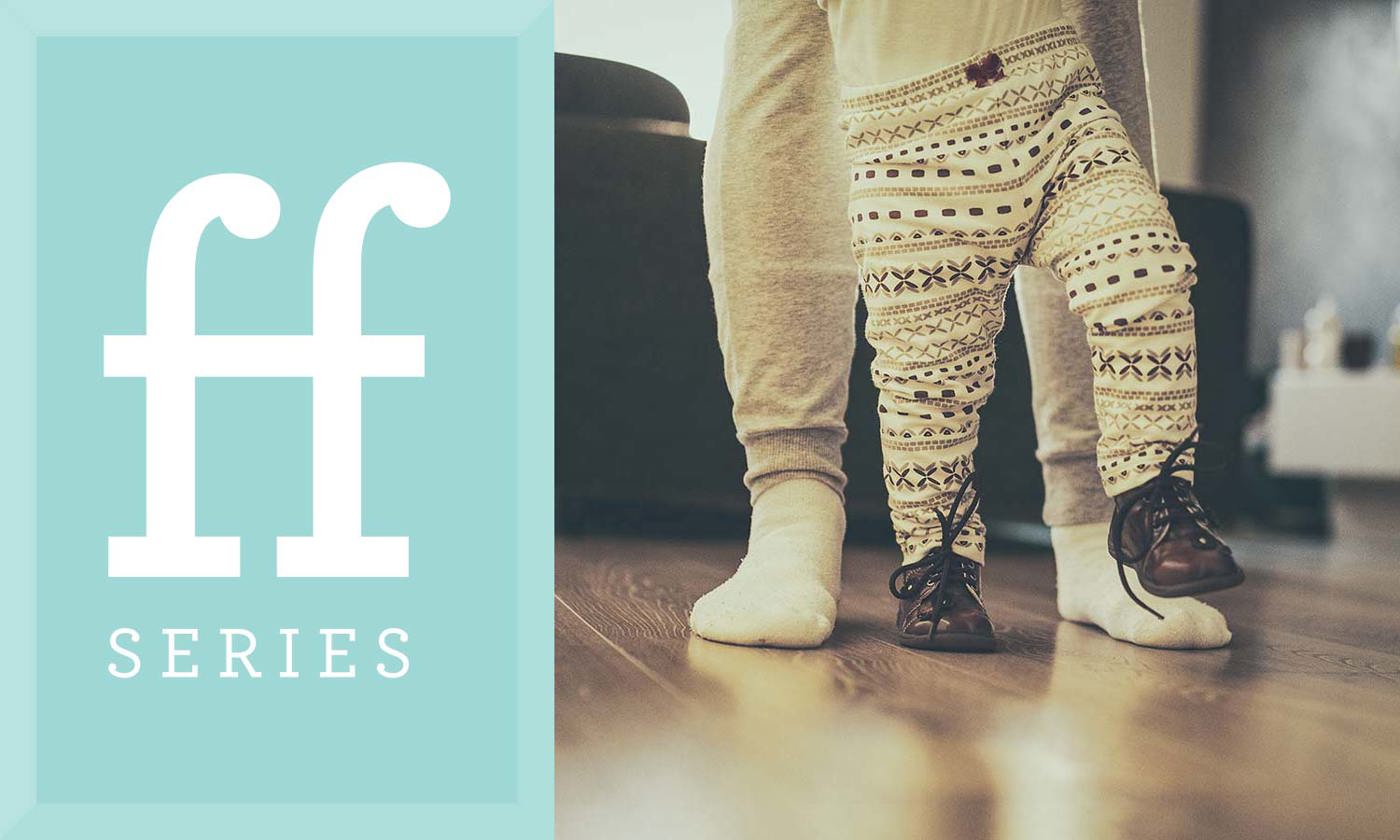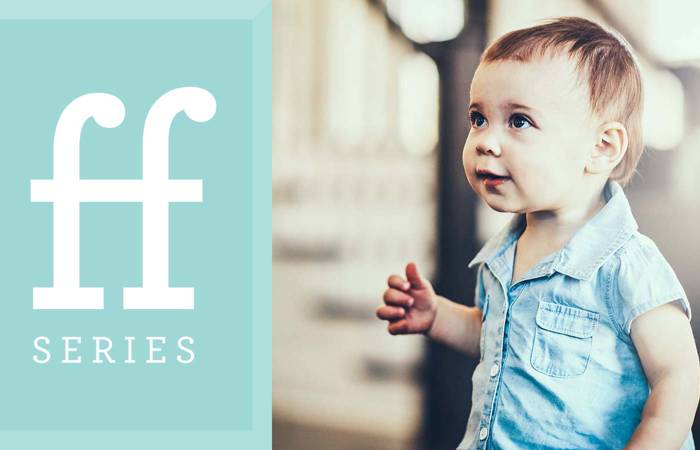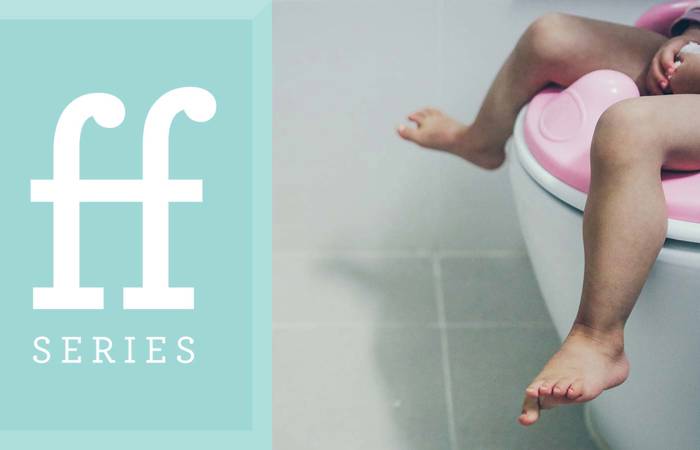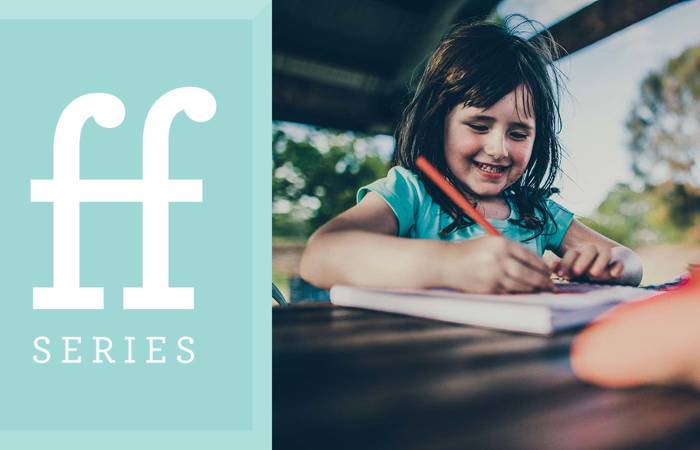Like what you see?
Sign up to receive more free parenting advice.
Thank you for subscribing to our newsletter!
Child Development

Credit: iStock.com/South_agency
Between 8 and 12 months of age children often crawl to explore further afield and start to stand, however the normal age range for walking is between 8 and 18 months. The milestone for this age has a very wide age range. It's important to understand that the age range varies widely and can be very different even between siblings.
The Australian Government's Early Years Learning Framework Practice Based Resources - Developmental Milestones provides guidance through a range of milestones. The milestones should be considered guidelines and parents shouldn't be concerned unless their child displays one of the criteria under which it is recommended that they seek advice.
Goodstart Early Learning Queensland Regional Manager Deon Hemberg says infants and toddlers are active learners who are constantly investigating people, things and places that surround them.
“Infants are born ready to receive information through all their senses from ongoing daily interactions with people in the world around them,” Deon says.
“Close nurturing interactions build strong attachment relationships that offer a secure base and the confidence to explore.”
Age 8-12 Months
Physical
- pulls self to standing position when hands held
- raises self to sitting position
- sits without support
- stands by pulling themselves up using furniture
- stepping movements around furniture
- successfully reach out and grasp toy
- transfers objects from hand to hand
- picks up and pokes small objects with thumb and finger
- picks up and throws small objects
- holds biscuit or bottle
- crawls in a variety of ways
- mature crawling (quick and fluent)
- may stand alone momentarily
- may attempt to crawl up stairs
- grasps spoon in palm, but poor aim of food to mouth
- uses hands to feed self
- alert peripheral vision
- rolls ball and crawls to retrieve
Social
- shows definite anxiety or wariness at appearance of strangers
- develops respectful communication skills
Emotional
- actively seeks to be next to parent or principal caregiver (secure base)
- shows signs of anxiety or stress if parent goes away
- offers toy to adult but does not release it
- shows signs of empathy to distress of another (but often soothes self)
- actively explores and plays when parent present, returning now and then for assurance and interaction
Cognitive
- moves obstacle to get at desired toy
- bangs two objects held in hands together
- responds to own name
- makes gestures to communicate and to symbolise objects, e.g. points to something they want
- seems to understand some things parent or familiar adults say to them
- drops toys to be retrieved, handed back, then dropped again/looks in direction of dropped toy
- smiles at image in mirror
- likes playing with water
- shows interest in favourite picture books
- understands gestures/responds to ‘bye bye’
- listens with pleasure to sound-making toys and music
- notices difference and shows surprise
Language
- responds to own name being called, family names and familiar objects
- babbles tunefully
- waves hello and goodbye
- imitates hand clapping
- imitates actions and sounds
- enjoys finger-rhymes
- shouts to attract attention
- vocalises loudly using most vowels and consonants - sounding like conversation
Seek advice if the child:
- is not responsive to carers
- is not babbling and making sounds
- is not beginning to sit, crawl, or pull to stand
- is not playing with feet, swapping objects between hands
- is not interested in holding toys
- is not learning to eat solids
Get Advice
Real parents. Real problems. We’re here with a group of leading early learning and parenting professionals to answer your questions.







